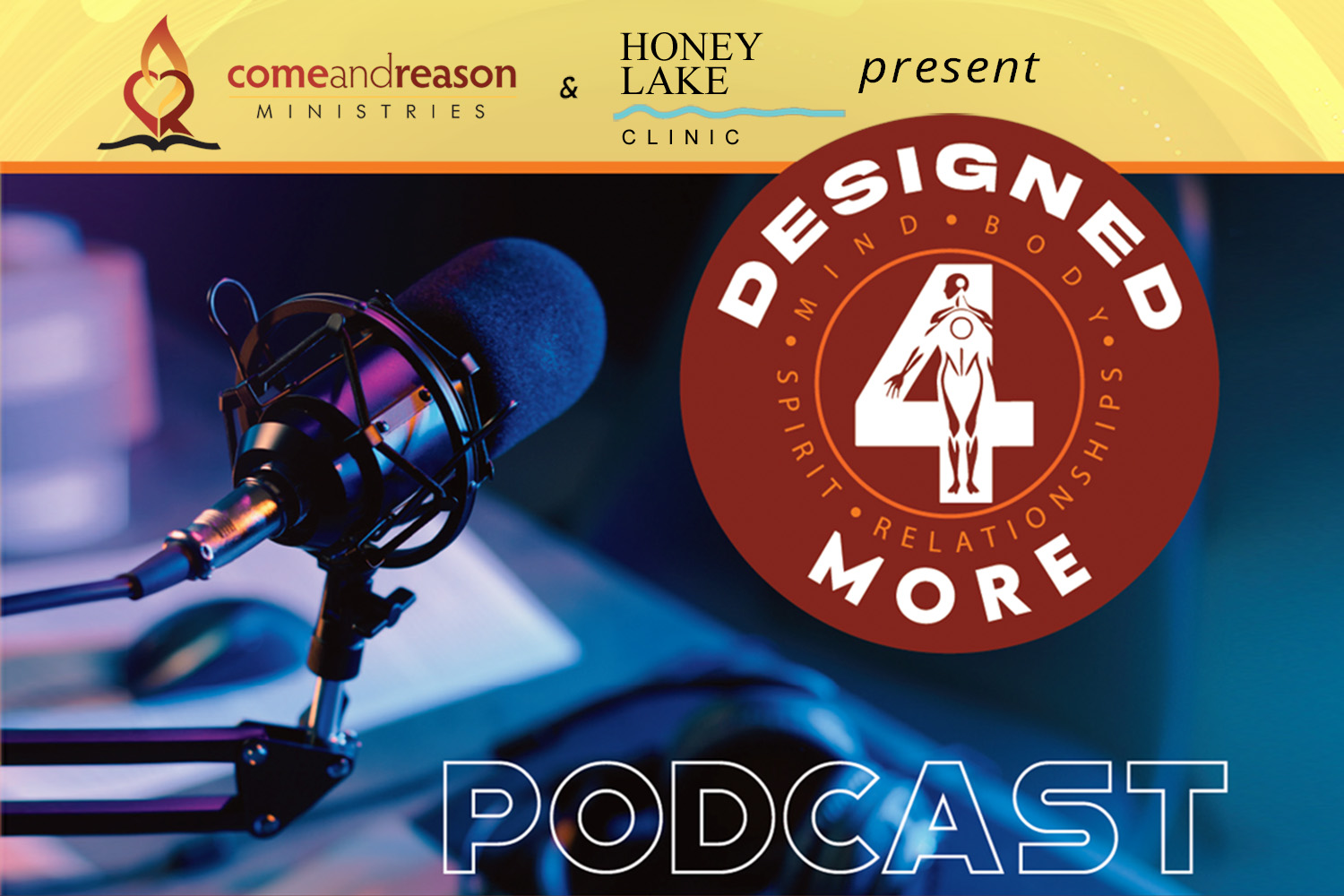Please discuss Attention Deficit Disorder and Tourettes Syndrome and what causes it.
Thanks, L
Attention Deficit Disorder, also known as Attention Deficit Hyperactivity Disorder (ADHD), is a disorder, typically occurring in childhood but can persist throughout life. The key symptom domains of ADHD are inattention, hyperactivity and impulsivity. ADHD can present in three ways, primarily inattentive, primarily hyperactive/impulsive or a combination of both. The central problem underlying ADHD is dysfunction of the prefrontal cortex (inattentive and impulsive symptoms) and motor cortex (hyperactive symptoms).
The prefrontal cortex is the part of the brain right behind the forehead. The circuits of the prefrontal cortex are where we plan, organize, prioritize, focus, attend, switch attention, reason, strategize and self-restrain. The prefrontal cortex is our governor, the part of the brain that says no to unhealthy impulses or desires, the part of the brain that causes us to stay on task when we don’t feel like it, the part of the brain that chooses to do homework rather than go out and play.
Recent research is suggesting that the impairments to these brain regions results in altered perception of time such that even a few seconds to a child with ADHD could be perceived as unbearably long. When boys with ADHD were compared to boys of the same age without ADHD on tests measuring time perception, the boys with ADHD showed impairments. However, when the ADHD boys were treated with methylphenidate (Ritalin), a medication increasing dopamine availability in the brain, their test performance was indistinguishable from the non-ADHD boys. Because new, exciting or risky behaviors increase dopamine release in the brain, children with ADHD may be “self-medicating” by their constant behavior choices.
Whenever the prefrontal cortex is impaired our ability to plan, organize, prioritize, reason, make healthy decisions, self-restrain, focus or attend is impaired. But not everything that impairs the prefrontal cortex causes ADHD. Alcohol intoxication impairs prefrontal cortex, higher cortical function and time perception, but this impairment lasts only as long as the intoxication. When sober the prefrontal cortex function is improved. But long term heavy alcohol use can permanently damage the prefrontal cortex and cause impairment similar to what is seen in ADHD.
With this in mind what are some contributing factors to ADHD?
- Genetics: Genes are the blueprints that direct our biological machinery and we inherit our genes from our parents. Twin studies document that ADHD does run in families and genetics are a factor in up to 75% of cases. Areas of interest include the genes that code for the dopamine receptors, dopamine reuptake pumps, enzymes that break down dopamine and the dopamine metabolic production pathway. But genes interact with environment which can alter gene expression thereby increasing or decreasing the risk.
- Researchers have documented that children with a variance in the gene that codes for the Dopamine-4 receptor have thinner prefrontal cortexes and higher rates of ADHD. However, the brain thinning was not permanent and by the time these same children were adults the brain development was normal and the ADHD symptoms had improved. This means some children will outgrow their ADHD symptoms. (Shaw P, Gornick M, Lerch J, Addington A, Seal J, Greenstein D, Sharp W, Evans A, Giedd JN, Castellanos FX, Rapoport JL. Polymorphisms of the dopamine D4 receptor, clinical outcome and cortical structure in attention-deficit/hyperactivity disorder. Archives of General Psychiatry, 2007 Aug; 64(8):921-931).
- Environmental factors:
- Cigarette smoking and alcohol consumption while pregnant has been linked to increased risk of ADHD in children.
- Complications of pregnancy and premature birth.
- Exposure to high concentrations of lead during childhood can damage brain development and increase risk of ADHD.
- Theatrical television watching in children during developmental years has been associated with increased risk of ADHD regardless of the rating of the programming. In other words, watching G rated theatrical programming during the developmental years alters normal brain development increasing the risk of ADHD. This negative effect on the brain was found to be dose dependent, meaning the more hours of television watching the greater the risk of ADHD. Educational television did not show this association.
- Emotionally unhealthy childhood environments, abusive environments, removal from parents and other such experiences can alter brain development impairing prefrontal cortex and increasing risk of ADHD.
- Traumatic brain injury can increase the risk of ADHD, though the percentage of children with ADHD due to brain injury is small.
- Sugar: studies have failed to document a relationship between sugar consumption and ADHD. No credible evidence has documented a link between sucrose and ADHD. All studies done thus far document just the opposite, no link exists. In one study of children whose parents considered them sugar sensitive the children were given the sugar substitute Nutrasweet. All the children were given Nutrasweet but half the mother’s were told their children were given sugar. The mothers who thought their children were given sugar rated them as more hyperactive than the other children and were more critical of their behavior when compared to the mothers who thought their children received Nutrasweet.
- Food additives: Recent research in Britain has suggested a potential link between the consumption of artificial food coloring and certain preservatives and hyperactivity. More research is underway to confirm this association.
Untreated ADHD results in children growing up with greater risk of substance use disorders, mood disorders, relationship problems and underachievement. Children with untreated ADHD are at risk of losing confidence in themselves as their easy distractibility undermines their ability to attend and thus learn on pace with children without ADHD. This causes internalization of false self image lowering expectation on self with increasing feelings of worthlessness and low self esteem. Adequate treatment can resolve or prevent this by allowing children with ADHD to attend, focus, organize, plan and therefore accomplish on par with their peers.
If you or your child has ADHD what should you do?
- First get an evaluation by a qualified professional. Not everything that looks like ADHD is ADHD. Things to rule out include anemia, sleep disorders, thyroid disorders, substance abuse, hearing and vision impairments, child abuse, poisoning and other psychiatric disorders.
- Once ADHD is confirmed discuss with your healthcare provider treatment options which generally include some form of medication. Studies indicate that the core features of ADHD respond best to medication interventions. In fact non-pharmacological interventions show no greater improvement on the core symptoms of ADHD than no treatment at all. Non-pharmacological therapies do show improvement in socialization.
- Preventative measures include:
- Restricting theatrical television in children.
- Avoiding toxic substances (alcohol, tobacco, lead, poisons).
- Providing a healthy and nurturing environment.
- Providing balanced nutrition with adequate vitamins and minerals and omega 3 fatty acids
- Ensure normal sleep wake cycles and no sleep disorders exist
- Regular exercise
- Therapy can benefit the child in social integration and adaptation.
Tourette Syndrome is an inherited neuropsychiatric disorder which causes motor and vocal tics and can include recurrent expression of foul language. For more on Tourette Syndrome please visit the NIH website on this disorder at https://www.ninds.nih.gov/disorders/tourette/tourette.htm












 using your credit or debit card (no PayPal account needed, unless you want to set up a monthly, recurring payment).
using your credit or debit card (no PayPal account needed, unless you want to set up a monthly, recurring payment). instead?
instead?